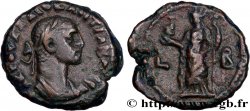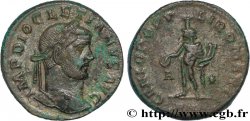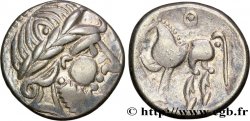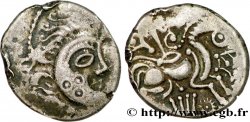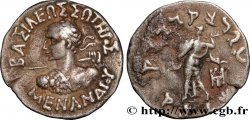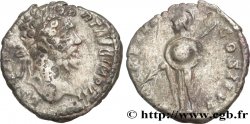E-auction 518-432624 - brm_601372 - DIOCLETIAN Aurelianus
You must signin and be an approved bidder to bid, LOGIN TO BID. Accounts are subject to approval and the approval process takes place within 48 hours. Do not wait until the day a sale closes to register. Clicking on « bid » constitutes acceptance of the terms of use of cgb.fr private e-auctions.
Bids must be placed in whole Euro amounts only. The sale will start closing at the time stated on the item description; any bids received at the site after the closing time will not be executed. Transmission times may vary and bids could be rejected if you wait until the last second. For further information ckeck the E-auctions F.A.Q.
NO BUYER'S FEE.
NO BUYER'S FEE.
| Estimate : | 95 € |
| Price : | 49 € |
| Maximum bid : | 51 € |
| End of the sale : | 20 March 2023 14:29:30 |
| bidders : | 8 bidders |
Type : Aurelianus
Date: printemps-été 286
Date: 286
Mint name / Town : Lyon
Metal : billon
Millesimal fineness : 50 ‰
Diameter : 21,5 mm
Orientation dies : 6 h.
Weight : 3,60 g.
Officine: 1re
Coments on the condition:
Exemplaire de qualité exceptionnelle sur un flan ovale avec les grènetis visibles. Très beau buste de Dioclétien. Revers de style fin, bien venu à la frappe de toute beauté. Jolie patine gris métallique avec des reflets mordorés. Conserve l’intégralité de son brillant de frappe et de son coupant d’origine
Catalogue references :
Obverse
Obverse legend : IMP C C VAL DIOCLETIANVS P F AVG.
Obverse description : Buste radié, drapé et cuirassé de Dioclétien à droite, vu de trois quarts en arrière (A2).
Obverse translation : “Imperator Cæsar Caius Valerius Diocletianus Pius Felix Augustus”, (L’empereur césar Caius Valère Dioclétien pieux heureux auguste).
Reverse
Reverse legend : IOVI CONSERVAT AVGG/ A| -// -.
Reverse description : Jupiter nu debout à gauche, le manteau sur l'épaule gauche, tenant un foudre de la main droite et un sceptre de la main gauche.
Reverse translation : “Iovi Conservatori Augustorum”, (À Jupiter protecteur des augustes).
Commentary
Avec l’intégralité de son argenture superficielle. Rubans de type 3 aux extrémités bouletées. Ptéryges fines sous le paludamentum.







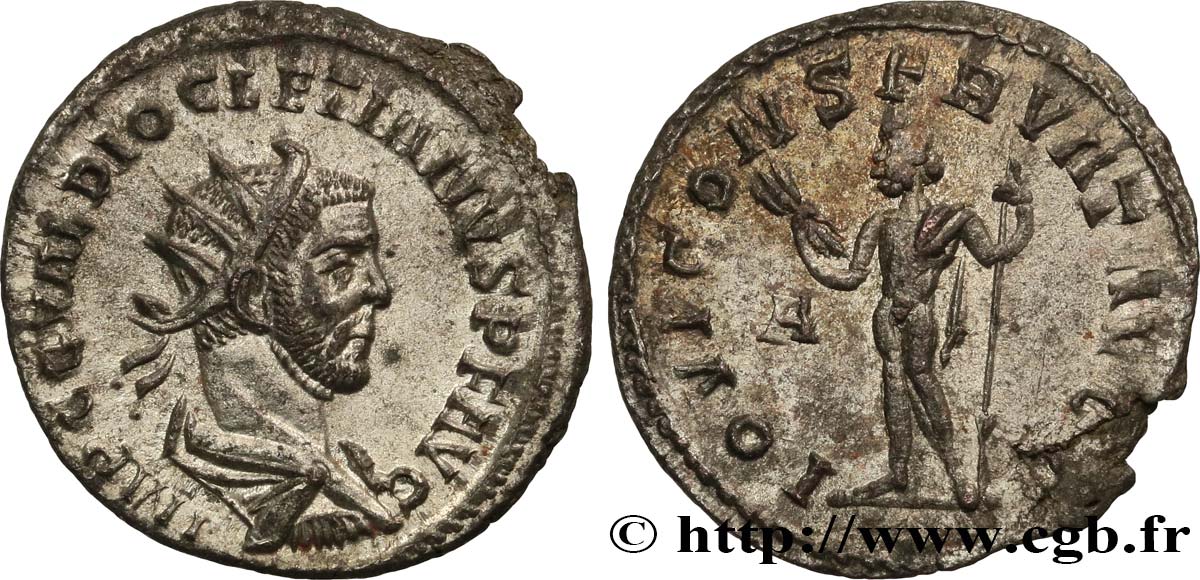
 Report a mistake
Report a mistake Print the page
Print the page Share my selection
Share my selection Ask a question
Ask a question Consign / sell
Consign / sell
 Full data
Full data

